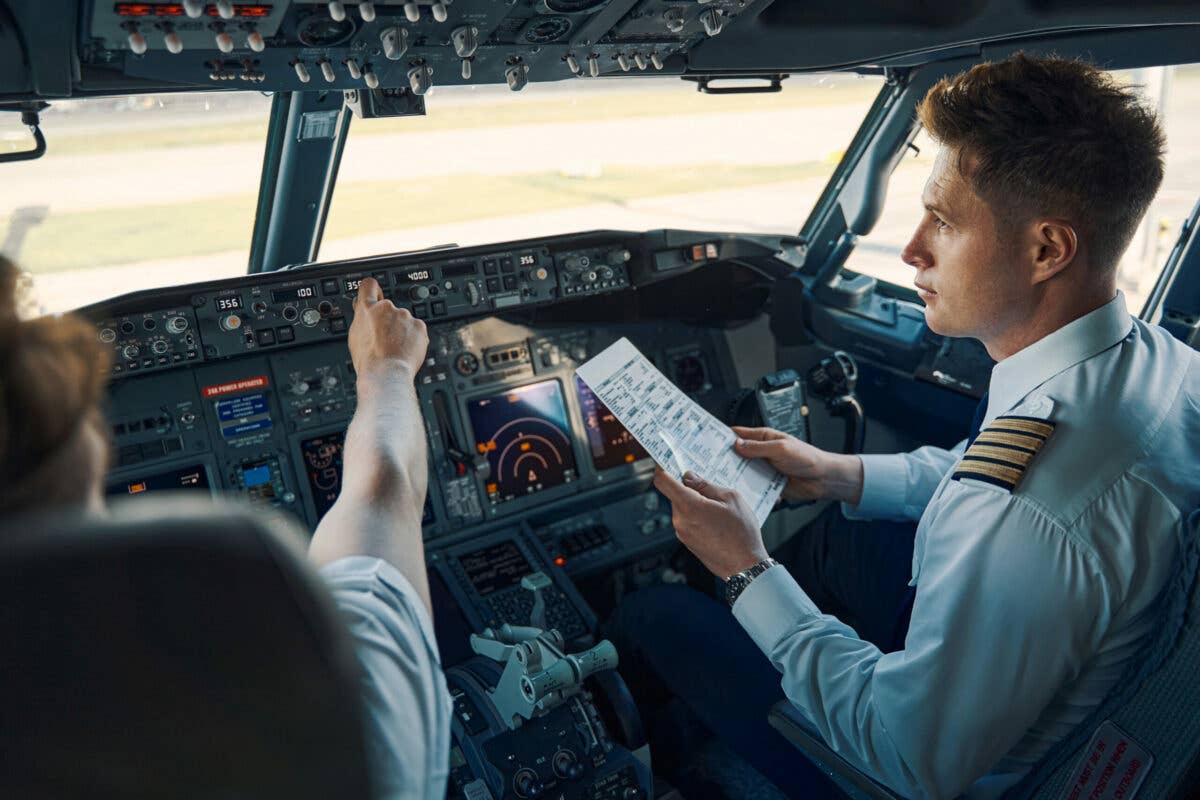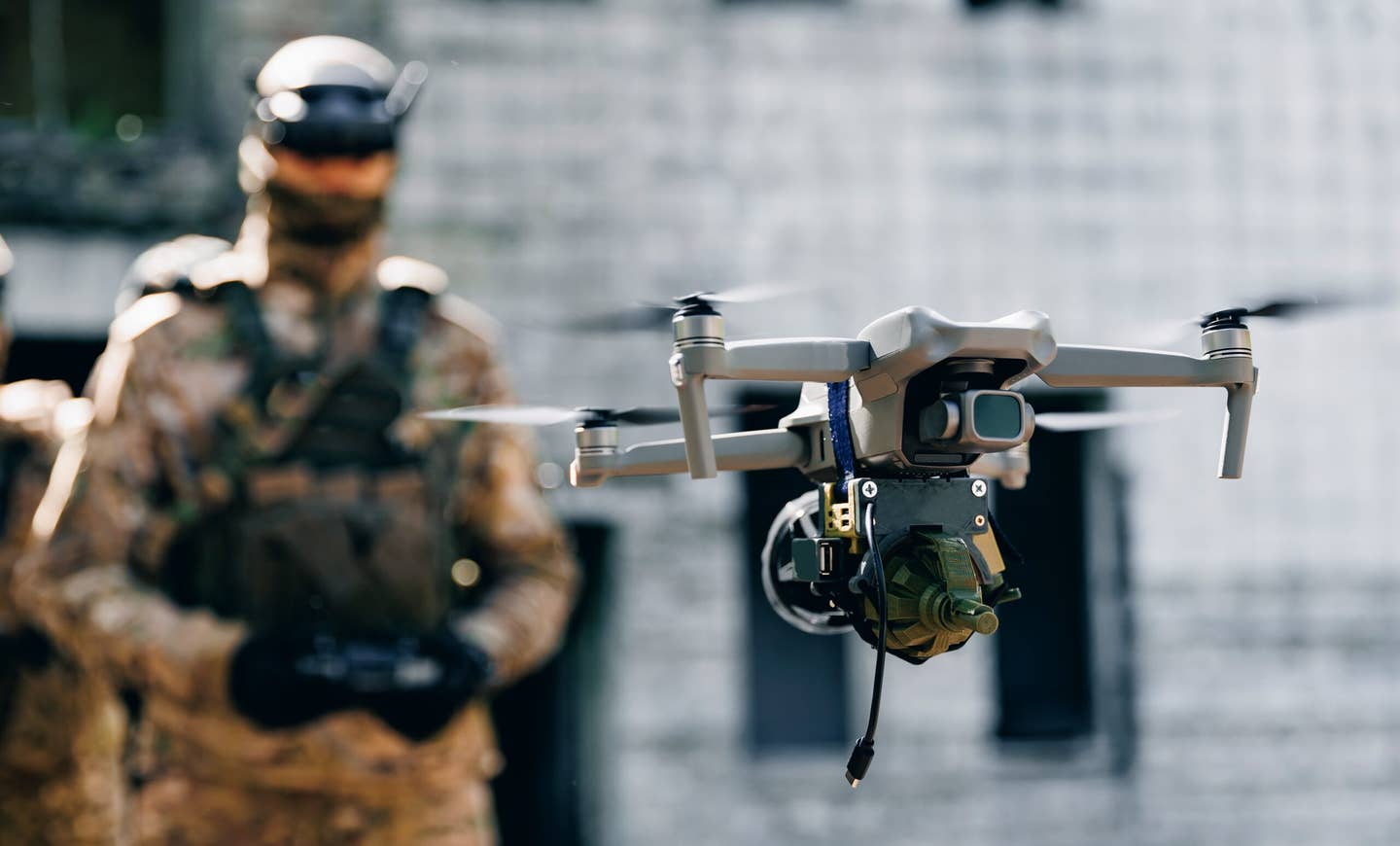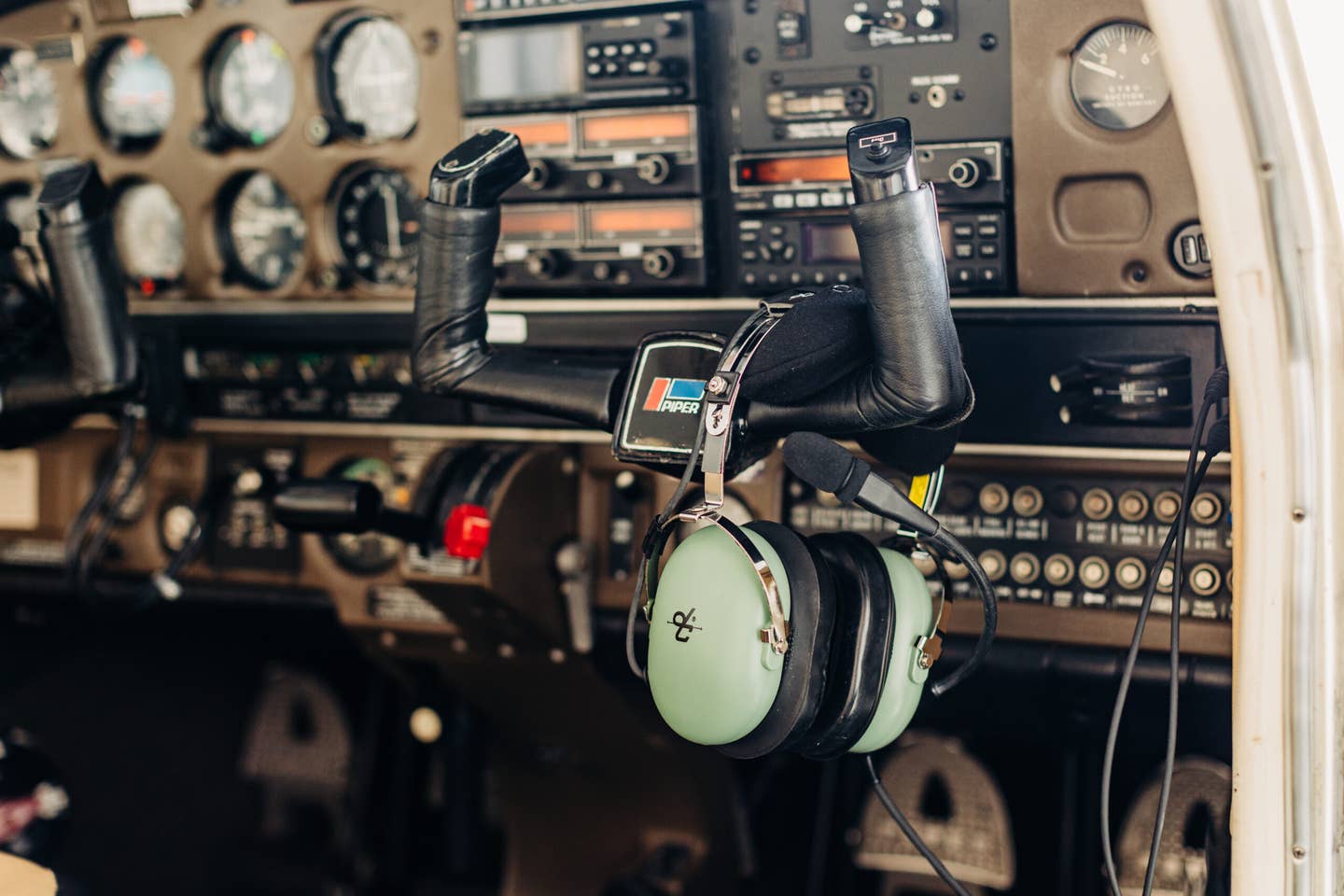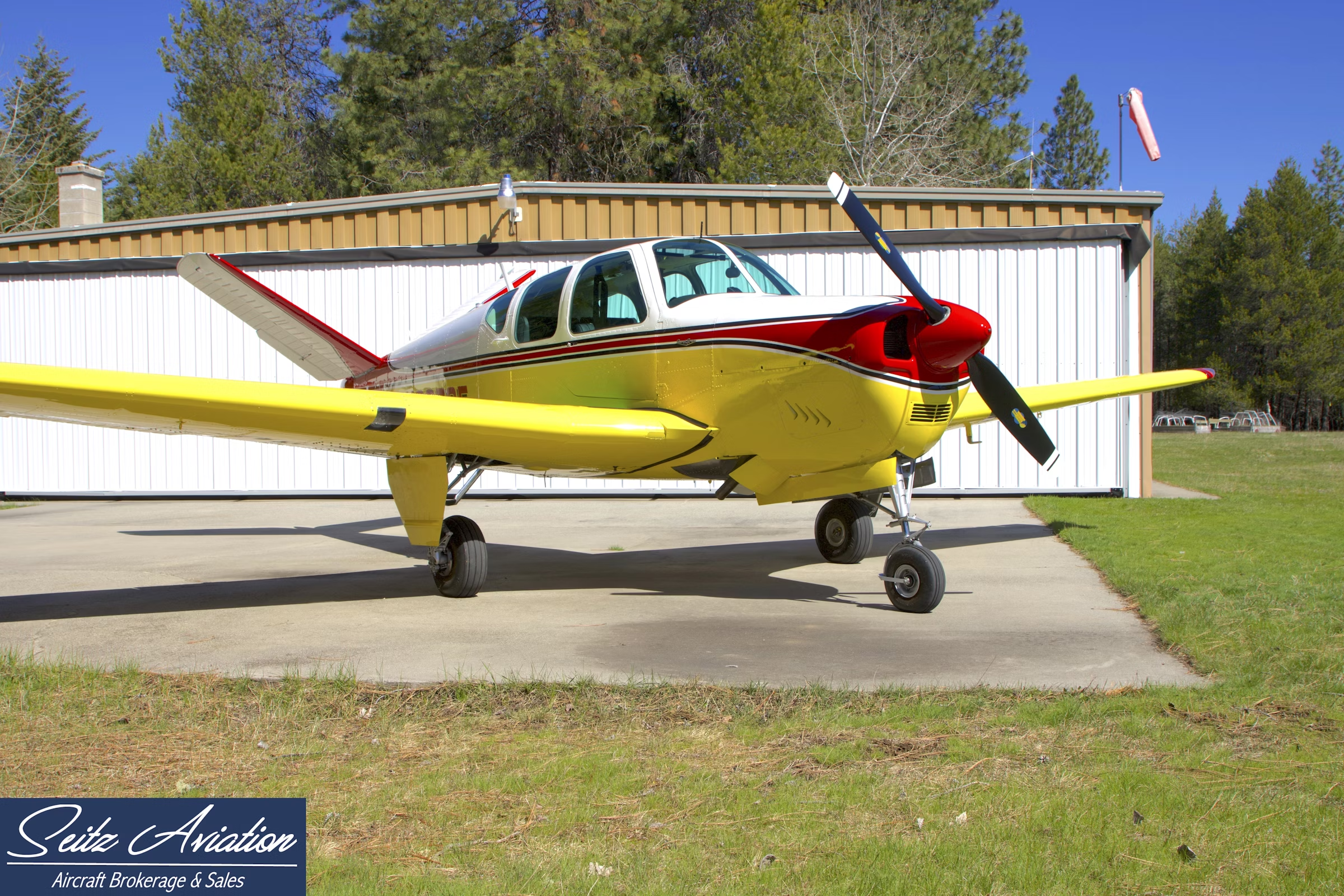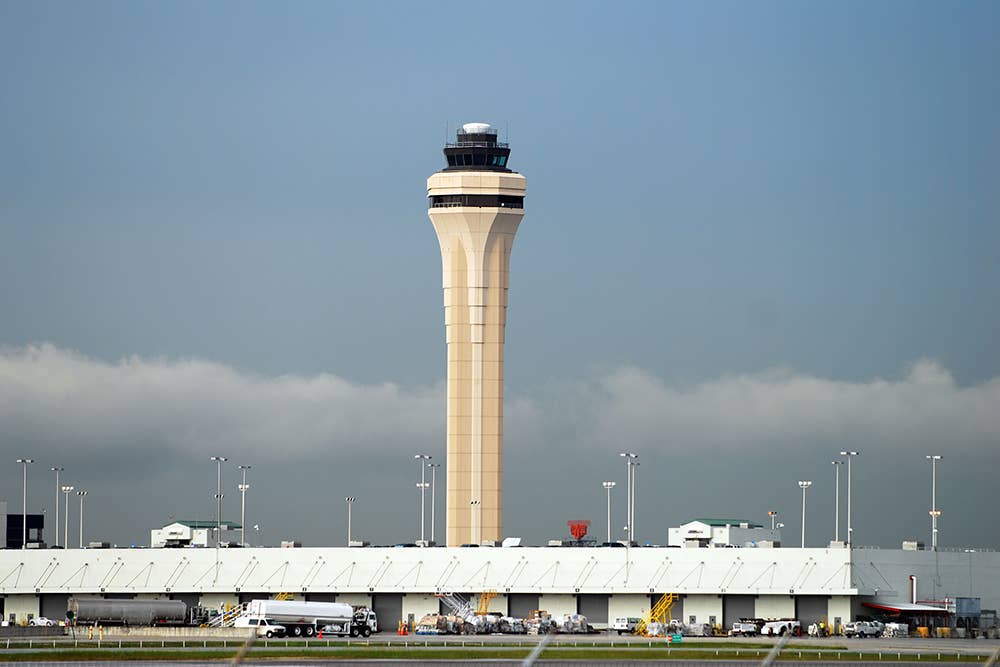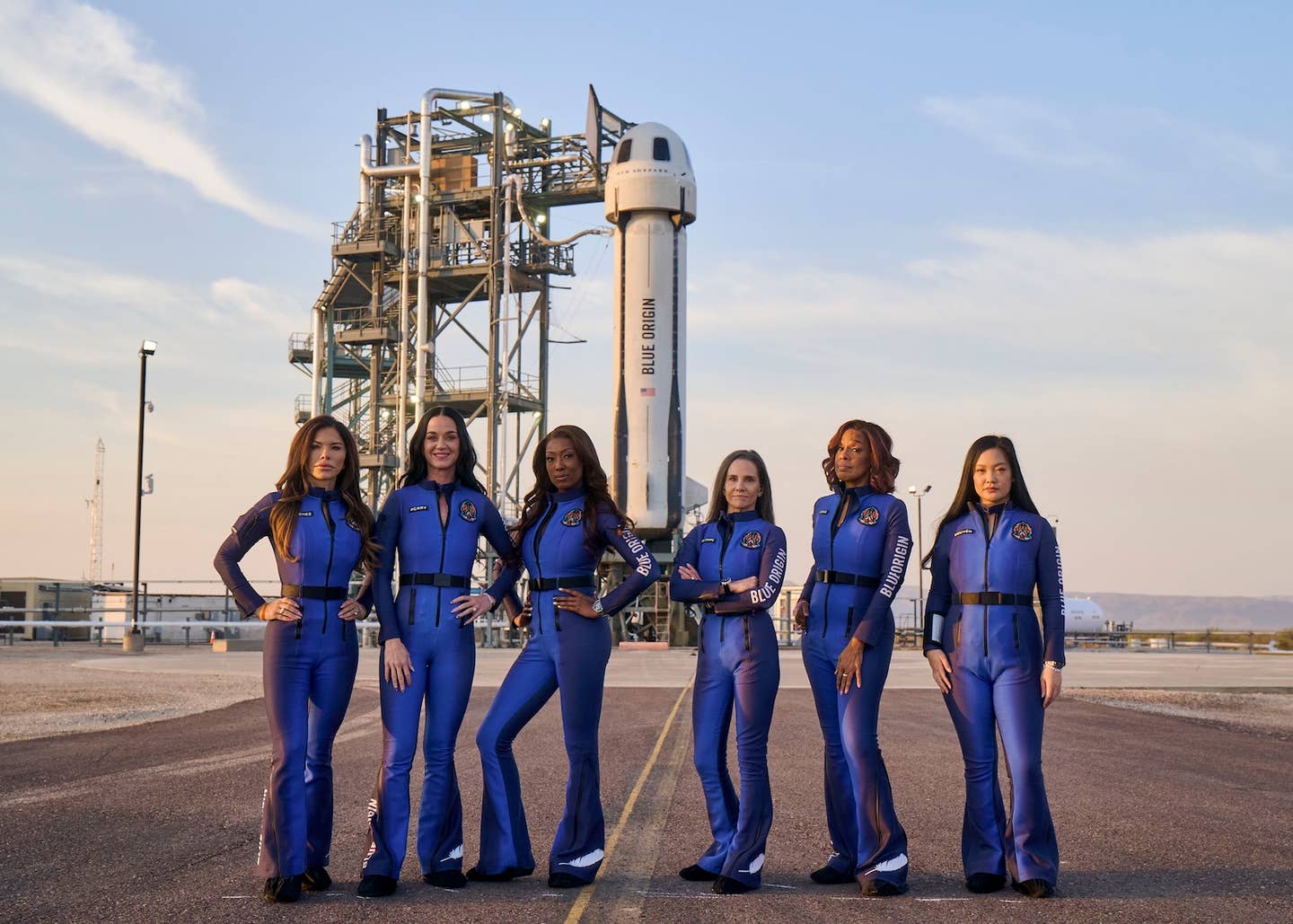Inside Look: Delta Revamps Flight Museum
Delta Air Lines is celebrating its 100th anniversary in 2025.

Delta’s refreshed museum in Atlanta [Courtesy: Delta Air Lines]
Delta Air Lines is celebrating its 100th anniversary this year, and it’s inviting the public to the party. On Monday, April 7, the newly renovated Delta Flight Museum officially opens in Atlanta.
Visitors are invited to walk through a series of interactive exhibits that portray Delta culture from its early days as an agricultural operation based in Macon, Georgia, through its growth as a passenger airline and finally the globe-hopping legacy carrier it is today.
Delta Flight Museum was established in 1995, and like the carrier it celebrates has evolved over time.
“The Delta Flight Museum is widely known to our employees and the community as Delta’s true home,” said Kelley Moore, the facility’s executive director, in a news release. “While the museum always offered a close-up look at our aircraft and artifacts, the newly reimagined experience and interactive exhibits allow us to truly showcase the humanity of Delta and the people who made it all possible.”
According to museum officials, the centennial celebration has been more than a year in the making and includes a full refresh of the two hangars, planning new exhibits, scanning archival images, and conserving artifacts destined for display. The funding for renovation was provided by The Delta Air Lines Foundation as well as generous gifts from company employees, retirees, and friends of the museum, which is designated a nonprofit organization.
How We Got Here
Delta began on March 2, 1925, when a crop-dusting aircraft belonging to Huff Daland Dusters began carrying mail. The company was based in Macon at first, then relocated to Monroe, Louisiana.
With 18 planes it was not only the first commercial agricultural flying company, it was also one of the largest privately owned fleets in the United States.
There was more to aviation than crop dusting as the concept of travel and commerce were just starting to take hold across the world. It wasn’t long before Huff Daland’s fleet was operating the first international mail and passenger routes on the west coast of South America for Peruvian Airways, a Pan Am subsidiary.
In 1928, C.E. Woolman, a businessman with vision, made an offer to buy Huff Daland Dusters. It was accepted, and the company was renamed Delta Air Service to reflect the community it served. The first passenger flights launched from Dallas to Jackson, Mississippi, with stops in Louisiana and Alabama.
Passenger air travel was still in its infancy, and the airplanes were getting larger and more sophisticated. By 1940 Delta, used a fleet of Douglas DC-2s and DC-3s and stewardesses to ensure the safety and comfort of its passengers.
Civilian travel took a pause during World War II, and when hostilities ended, people wanted to go places and they wanted to get there quicker. In 1959, Delta began using the Douglas DC-8, followed by the Convair jet in 1960. It was not possible to fly across the country nonstop.
In 1970, Delta added transoceanic flights made possible by the Boeing 747. Delta’s trend to be the first to stretch its wings continued in the 1990s when the carrier purchased the routes previously flown by Pan Am, making Delta a global carrier.
According to Marie Force, director of archives at the Delta Flight Museum, the company’s 100-year history includes no fewer than 40 airlines and five major mergers. The artifacts range from uniforms and photographs to model aircraft and even old engine parts..
“An archivist is a hub of connections and at Delta, [so] I am part of connecting people to our ‘Delta Difference’ culture,” said Force. “Preserving and sharing Delta’s history is critical—not just to honor our past but to inspire the future of aviation professionals.”
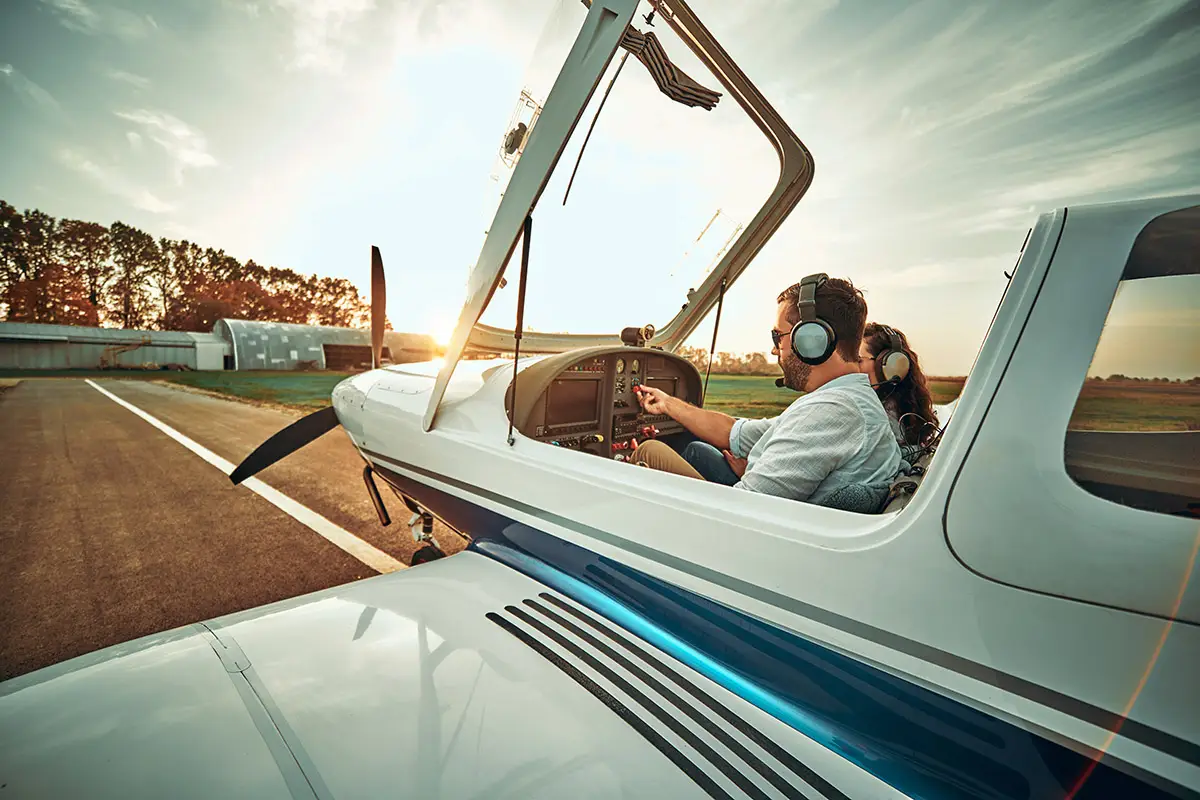
Sign-up for newsletters & special offers!
Get the latest FLYING stories & special offers delivered directly to your inbox

